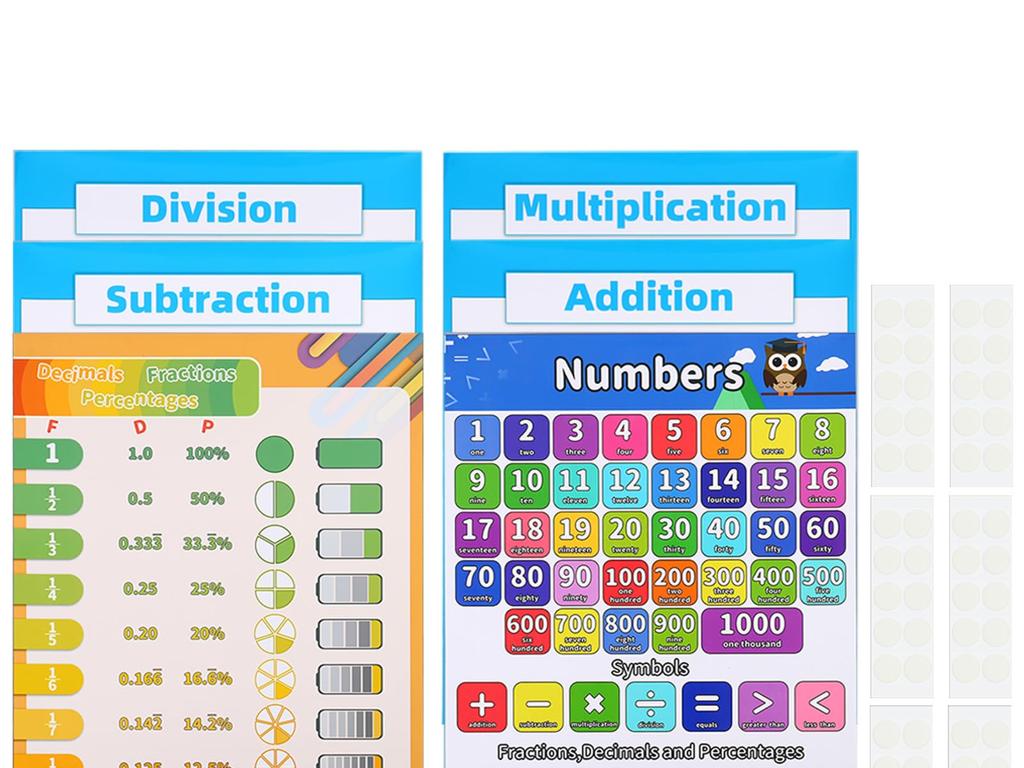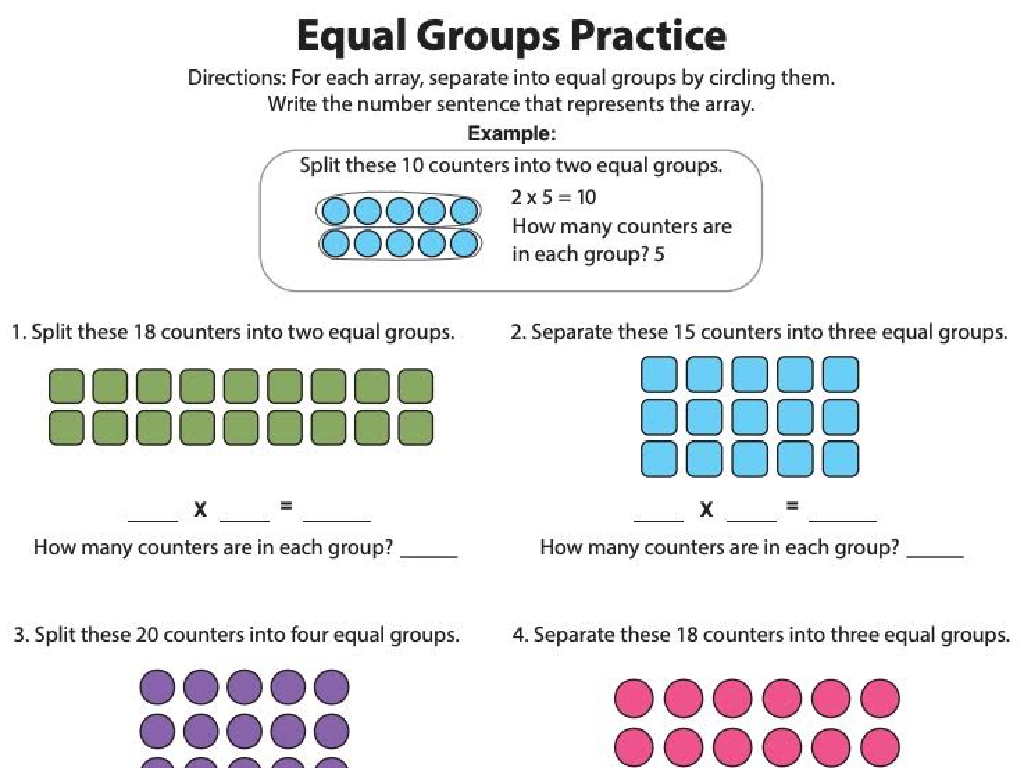Identify And Select Countries Of Asia: Region 2
Subject: Social studies
Grade: Sixth grade
Topic: Asia: Geography
Please LOG IN to download the presentation. Access is available to registered users only.
View More Content
Exploring Asia: Region 2 Geography
– Asia: Earth’s largest continent
– Asia covers 30% of Earth’s land area, hosting diverse cultures.
– Region 2: Countries and features
– Region 2 includes China, Japan, and more. Known for the Himalayas and the Gobi Desert.
– Unique aspects of Asia
– Asia’s unique biodiversity, climates, and history shape its global significance.
– Why study Asia’s geography?
|
This slide introduces students to the vast and diverse continent of Asia, emphasizing its size and the variety of cultures it encompasses. Region 2, which includes countries like China and Japan, is highlighted for its significant geographical features such as the Himalayas and the Gobi Desert. Discuss Asia’s unique biodiversity, varying climates, and rich history to illustrate its importance in the world. Encourage students to think about the impact of geography on culture and history. The goal is to spark interest in Asia’s geography and set the stage for more in-depth study of each country within Region 2.
Exploring Asia: Region 2 Countries
– List Region 2 countries in Asia
– Countries include Vietnam, Laos, Cambodia, Thailand, Myanmar
– Significance of political boundaries
– Political boundaries affect trade, travel, and culture
– Population insights
– Discuss populous countries like Thailand
– Area size comparisons
– Compare the vast area of Myanmar to smaller Laos
|
This slide aims to provide students with a clear understanding of the countries that make up Asia’s Region 2. Begin by listing the countries: Vietnam, Laos, Cambodia, Thailand, and Myanmar. Explain how political boundaries can influence various aspects of a country’s relationship with its neighbors and the rest of the world. Highlight quick facts about the population, such as Thailand being the most populous country in this region. Discuss the area sizes, comparing the larger Myanmar to the smaller Laos, to give students a sense of geographical scale. Use maps to help visualize the information and encourage students to think about how geography can impact the daily lives of people living in these countries.
Physical Features of Asia: Region 2
– Major mountains and rivers
– Explore the Himalayas and the Mekong River
– Climate zones in Region 2
– From tropical to temperate zones
– Unique landforms
– Discover plateaus, valleys, and islands
– Natural resources
– Abundance of minerals, forests, and wildlife
|
This slide aims to introduce students to the diverse physical geography of Asia’s Region 2. Start by discussing the prominent mountain ranges such as the Himalayas, and significant rivers like the Mekong. Explain the variety of climate zones present in the region, from hot, humid tropics to cooler, temperate areas. Highlight unique landforms such as plateaus, valleys, and archipelagos that contribute to the region’s geographical identity. Lastly, discuss the rich natural resources found in Region 2, including minerals, dense forests, and diverse wildlife. Use maps and images to help students visualize these features and understand their importance to the region’s environment and human activities.
Cultural Highlights of Asia: Region 2
– Diverse languages in Region 2
– Languages vary from Mandarin to Hindi, reflecting the region’s rich diversity.
– Festivals and holidays
– Celebrations like Diwali and Chinese New Year showcase cultural heritage.
– Traditional clothing
– From kimonos in Japan to sherwanis in India, clothing is deeply traditional.
– Regional cuisine
– Each country boasts unique dishes, like sushi in Japan and curry in India.
|
This slide aims to give students a glimpse into the rich cultural tapestry of Asia’s Region 2. Emphasize the diversity of languages spoken across different countries, which include some of the world’s most spoken languages. Highlight key cultural festivals and holidays that are celebrated, which can offer insights into the values and traditions of the region. Discuss traditional clothing, encouraging students to explore the variety and significance of these garments. Lastly, introduce the students to the wide array of cuisine found in Region 2, noting how food is an important part of cultural identity. Encourage students to research more about each aspect and perhaps bring in examples or experiences of their own.
Economic Activities in Asia: Region 2
– Agriculture, manufacturing, services
– Region 2’s economy includes farming, factories, and various services.
– Trade dynamics: exports and imports
– What goods come in and out? How does trade shape the region’s economy?
– Geography’s impact on economy
– Mountains, rivers, climate all play roles in economic development.
– Case study: A regional example
– Look at a specific country to understand these concepts in action.
|
This slide aims to explore the diverse economic activities within Asia’s Region 2, emphasizing agriculture, manufacturing, and services. Highlight the significance of trade, including key exports and imports, and discuss how the region’s geography can influence its economic strengths and challenges. Use a case study from a specific country within the region to provide a tangible example of these concepts at work. Encourage students to think about how natural resources and geographic location can affect what a region produces and trades. This will help them understand the complex interplay between geography and economy.
Map Activity: Locating Region 2 Countries
– Locate Region 2 countries on a map
– Use atlases or digital devices
– Atlases or online maps like Google Maps can be used
– Mark the capitals of the countries
– Capitals are important for understanding political geography
– Understand the geography of Asia
– This helps grasp the spatial relationships between countries
|
This slide introduces a hands-on map activity for students to identify and select countries in Asia’s Region 2. Provide students with atlases or access to digital devices to explore the map independently. Encourage them to locate each country and mark the capital cities, which will help them understand the political geography of the region. This activity will also aid in memorizing the location and capitals of these countries. For the teacher: Prepare a list of countries in Region 2 beforehand and ensure that all students have the necessary resources. Consider pairing students to foster collaboration. After the activity, have a discussion about the different countries and capitals to reinforce learning.
Class Activity: Explore Asia’s Region 2
– Select a country from Asia’s Region 2
– Research your chosen country
– Create a presentation on the country
– Include maps, flags, and key facts
– Focus on geography, culture, economy
– Discuss landforms, traditions, and industries
|
This class activity is designed to engage students with the diverse and complex region of Asia, specifically Region 2. Students will enhance their research skills and gain a deeper understanding of a specific country’s physical geography, cultural practices, and economic structure. Teachers should provide a list of countries within Asia’s Region 2 for students to choose from. Encourage students to use reliable sources for their research and to look for interesting facts that their classmates may not know. They should aim to create a presentation that is informative and visually appealing, with maps, national flags, and other relevant images. Possible activities for different students could include creating a travel brochure, a cultural artifact, or a mock economic report for their chosen country. This activity will culminate in a presentation session where students can share their findings and learn from each other.
Wrapping Up: Asia’s Diverse Region 2
– Review of Asia: Region 2
– Country research project as homework
– Choose a country from Region 2, gather facts and figures
– Presentation preparation for next class
– Create a presentation on your chosen country’s geography, culture, etc.
– Emphasize key takeaways
– Reflect on important geographical features and cultural aspects discussed
|
As we conclude today’s lesson, ensure students have a solid understanding of the geographical diversity and cultural richness of Asia’s Region 2. For homework, students are to delve deeper into an individual country within this region, researching various aspects such as its geography, culture, and history. They should be prepared to present their findings in the next class, which will help reinforce their knowledge and enhance their public speaking skills. Encourage them to include maps, interesting facts, and any unique cultural elements they discover in their presentations. This activity will not only solidify their understanding of the region but also develop their research and presentation abilities.






